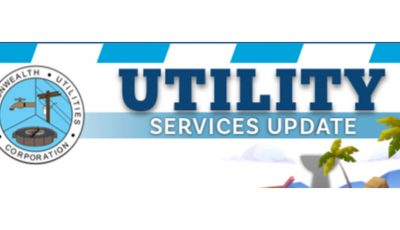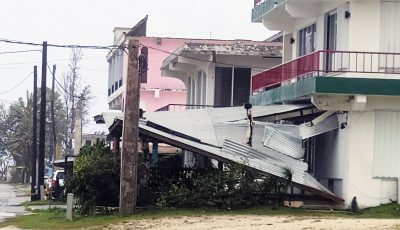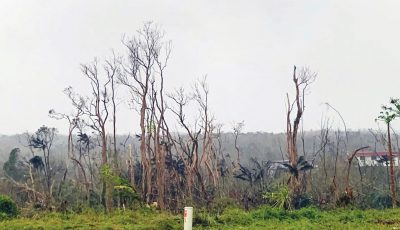Solar panels
There continues to be efforts worldwide to find ways to move toward clean energy alternatives. Populations throughout the planet seek to move away from energy that is produced from fossil fuels that emit carbon into the Earth’s atmosphere.
Communities worldwide are also looking for ways to recycle solid waste more effectively. American and international media platforms continue to cover work being done to move to clean energy alternatives.
The presumption that underlines the work being performed on clean energy is that the production, storage, distribution, consumption and maintenance of clean energy assets and facilities is or will be emissions-friendly and not have negative consequences that may damage the environment.
This presumption may not be true.
Now is the time to revisit ideas on solar power and clean energy
While it may be true that solar power does not produce greenhouse gas emissions or air pollution, other kinds of pollution will be produced. The opportunity to further educate our Mariana Islands chain community and talk about so-called clean energy is therefore ripe.
Throughout the United States and its colonial territories such as our Mariana Islands, we are generally moving toward putting up more and more solar panels so that we don’t rely exclusively on consuming fossil fuels. The idea here is to place more focus and resources on capturing sunlight to help produce energy that is then sold to local utilities to help satisfy current and anticipated energy needs, while in many instances securing tax credits of some kind or another.
While all this is good, it is equally important to remember that solar panels and solar panel infrastructure are large tangible assets that have limited useful lives.
Some facts
Each day in the United States, over 150,000 solar panels are installed in homes and commercial places. An estimated 20 gigawatts of power are produced from these solar panels across America.
The solar panels, however, are viewed and considered as hazardous materials.
Why? Because there is glass. There is silver. There is silicon. There are toxic heavy metals.
When it comes to recycling, specialized solar panel equipment is very expensive to produce. It is much cheaper to simply crush and then discard old solar panel waste into landfills.
Many of our citizens may forget that land is required to house solar panel farms, especially for commercial projects. Jungle loss and associated loss of natural habitat is a real cost, especially on small islands such as our island chain.
Remember that lots of energy was needed and was consumed to produce new solar panels for sale.
How will the Mariana Islands recycle solar panels when it is much cheaper to simply crush the panels and dump them in the landfill?
The labor needed to take down solar panels requires specialized training to prevent glass panels from shattering. Are there training programs on our island chain to fill this future labor need? If not, why not?
Solar panel replacements, updates, and disposition methods will become major environmental, human health and public policy problems over the next several years as solar panels are bought, as solar panels expire, and as solar panels are replaced. The incentives to replace solar panels at the macroeconomic level will continue to favor consumers and individuals who want to realize greater cash flows, profits, or savings over time as newer products hit the market that are both more effective and cheaper.
What we can do now
First, let us look at the assumptions about the useful lives of solar panels because what we consider to be accurate may not necessarily be correct. Our fellow citizens have the incentive to revisit marketing claims about the useful lives of solar panels. It may be more correct to assume that the useful lives of solar panels are just a fraction of what producers of these assets claim.
Ask more questions. What percentage of total existing and future solar panels located throughout our Mariana Islands chain will be safely and completely recycled over the next 10 years? And what local and federal agencies will oversee and enforce solar panel recycling laws?
Have the Guam and CNMI legislatures taken comprehensive looks into what challenges will arise as solar panels are no longer usable? What processes, procedures, and policies are in place, if any, to account for how typhoons may wreak havoc on existing solar panel systems currently in operation? Do we have any idea of when solar panel waste will surpass new solar panel installations? How will our Mariana Islands prepare for the high volume of panel waste once these hard assets expire and are taken offline?
Solar panels contain toxic heavy metals like selenium and cadmium, which can contaminate groundwater. Most solar panels currently produced in the United States are not recycled properly because it is cost-prohibitive.
Much work needs to be done on this front and now is the time to move the needle.



























